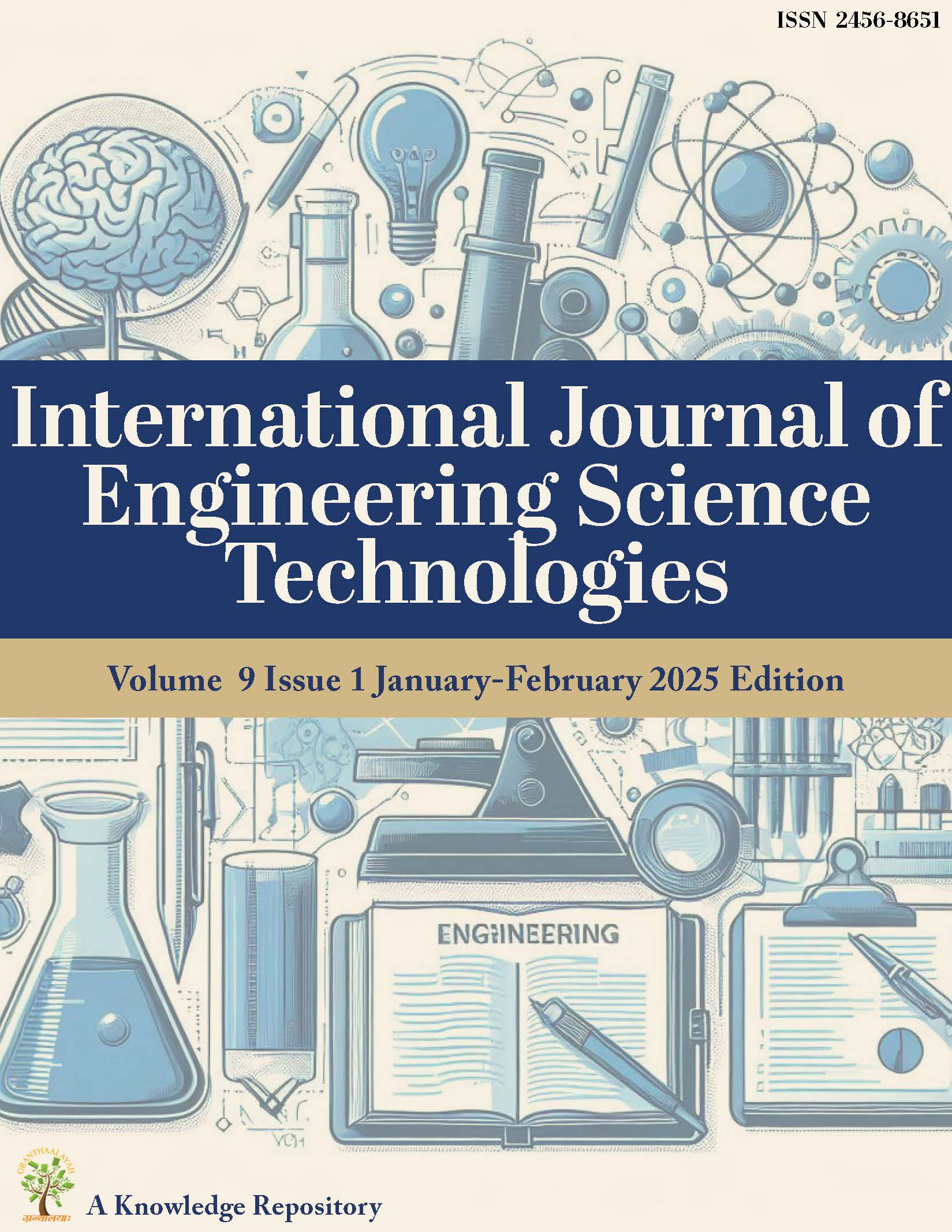ELECTRICALLY CONDUCTIVE FILMS - CHARACTERISATION OF WEIGHT-REDUCED POLYMER FILMS FOR USE IN A BIPOLAR LITHIUM-SULPHUR BATTERY
DOI:
https://doi.org/10.29121/ijoest.v9.i1.2025.668Keywords:
Bipolar Lithium-Sulphur Battery, Energy Storage Solutions, Polymer Conductor FoilsAbstract
With a theoretical energy density of around 2600 Wh kg-1 and a specific capacity of approx. 1675 mAh g-1, the lithium-sulphur battery (Li-S battery) is a promising technology for future energy storage solutions. Lithium-sulphur batteries currently achieve specific energy densities of between 400 and 600 Wh kg-1 in practical applications, making them an attractive alternative to lithium-ion batteries. Despite their advantages, technical challenges such as the dissolution of polysulphides in the electrolyte and the low cell voltage are significant obstacles to the commercialisation of this technology. In the "BiPoLiS" project (development of lithium-sulphur bipolar batteries), these challenges are addressed by combining lithium-sulphur battery technology with a previously undescribed bipolar structure. The focus of this article is on the development of weight-reduced polymer conductor foils, which should contribute to an improved battery packing density due to the planar layer structure - compared to single cells.
Experimental investigations were carried out to develop an electrically conductive, flexible and weight-reduced film suitable for use in lithium-sulphur batteries. The investigations were based on compounds of styrene-ethylene-butylene-styrene (SEBS) and polypropylene (PP), whereby various mixing ratios were tested. The optimum mixture was found with a ratio of a SEBS compound to a PP compound of 30:70, which had an electrical in-plane conductivity of around 346 S m-1 and a through-plane conductivity of around 60 S m (-1). The flexible film was produced using a calendering process, whereby a thickness of approx. 0.2 mm was achieved.
Thanks to the innovative combination of bipolar design and polysulphide-free sulphur cathode, the lithium-sulphur battery can offer significant advantages in terms of energy density and manufacturing costs. This technology could play a decisive role, particularly in the field of electromobility and industrial energy storage. Future work should focus on optimising the process parameters for reducing the film thickness and investigating the long-term stability in order to exploit the full potential of these new materials and enable their commercial applications.
Downloads
References
Abdollahifar, M., Molaiyan, P., Lassi, U., Wu, N. L., & Kwade, A. (2022). Multifunctional Behaviour of Graphite in Lithium-Sulphur Batteries. Renewable and Sustainable Energy Reviews, 169, 112948. https://doi.org/10.1016/j.rser.2022.112948
Drobny, J. G. (2007). Handbook of Thermoplastic Elastomers. Elsevier. ISBN: 978-0-323-22136-8
Maier, C., & Calafut, T. (1998). Polypropylene: The Definitive user's Guide and Databook. William Andrew Publishers. ISBN: 978-0-815-51871-6
Manthiram, A., Fu, Y., & Su, Y.-S. (2013). Challenges and Prospects of Lithium-Sulfur Batteries. Accounts of Chemical Research, 46(5), 1125-1134. https://doi.org/10.1021/ar300179v
Manthiram, A., Fu, Y., Chung, S.-H., Zu, C., & Su, Y.-S. (2014). Rechargeable Lithium-Sulfur Batteries. Chemical Reviews, 114(23), 11751-11787. https://doi.org/10.1021/cr500062v
Nazar, L. F., Cuisinier, M., & Pang, Q. (2014). Lithium-Sulfur Batteries. MRS Bulletin, 39(5), 436-442. https://doi.org/10.1557/mrs.2014.86
Skotheim, T. A., & Reynolds, J. (Eds.). (2007). Handbook of Conducting Polymers (2 volume set). Taylor & Francis Group. ISBN: 9780429190506. https://doi.org/10.1201/b12346
Uhlir, A. (1955). The Potentials of Infinite Systems of Sources and Numerical Solutions of Problems in Semiconductor Engineering. Bell System Technical Journal, 34(1), 83-102. https://doi.org/10.1002/j.1538-7305.1955.tb03765.x
Zhang, S. S. (2013). Liquid Electrolyte Lithium/Sulfur Battery: Fundamental Chemistry, Problems, and Solutions. Journal of Power Sources, 231, 153-162. https://doi.org/10.1016/j.jpowsour.2012.12.102
Zheng, G., Yang, Y., Cha, J. J., Hong, S. S., & Cui, Y. (2011). Hollow Carbon Nanofibre-Encapsulated Sulfur Cathodes for High Specific Capacity Rechargeable Lithium Batteries. Nano Letters, 11(9), 4462-4467. https://doi.org/10.1021/nl2027684
Published
How to Cite
Issue
Section
License
Copyright (c) 2025 Martin Engelke, Thorsten Manfred Hickmann, Beate Krause

This work is licensed under a Creative Commons Attribution 4.0 International License.





















